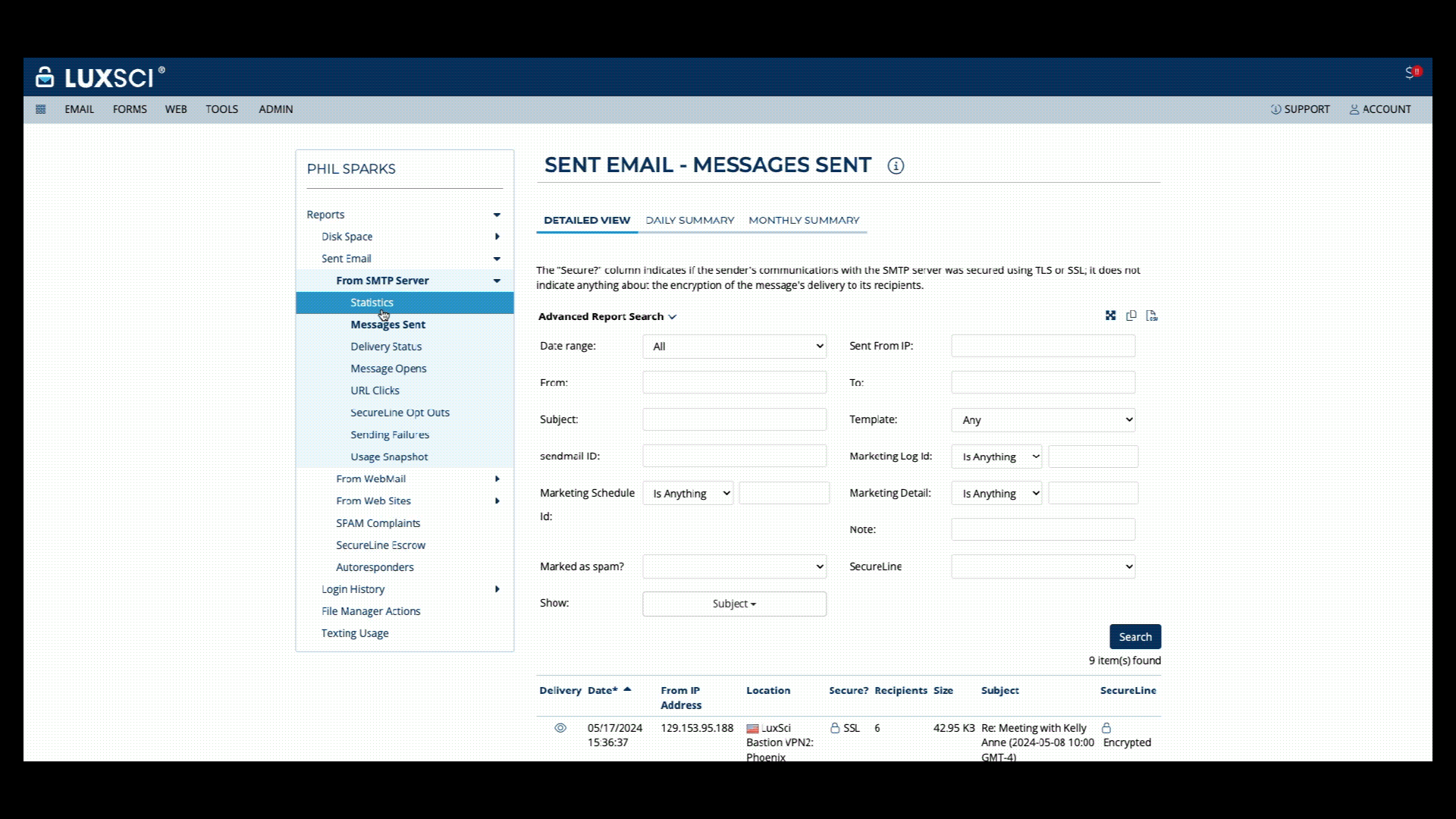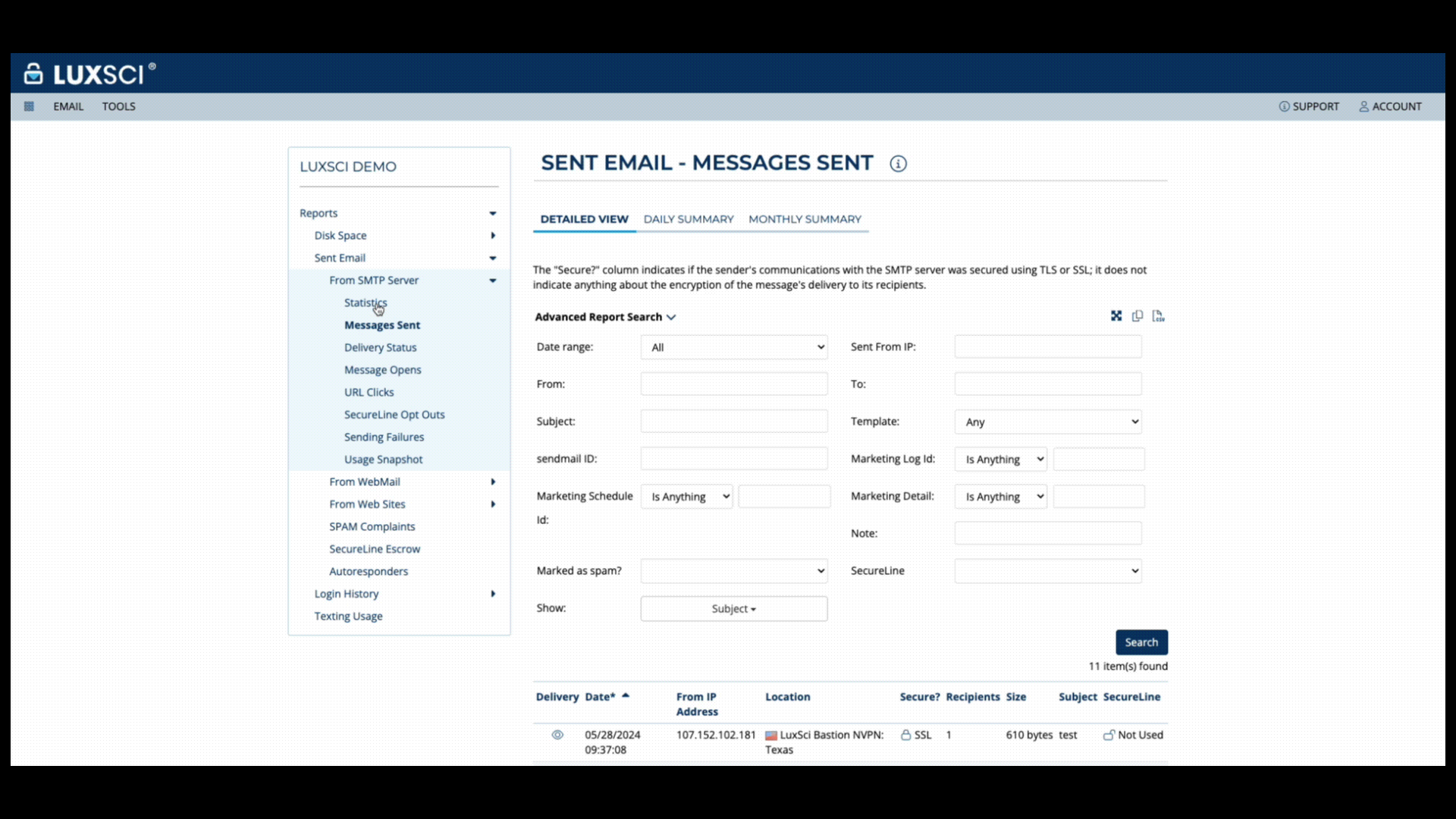HIPAA marketing compliance requires healthcare organizations to obtain written patient authorization before using protected health information for promotional communications, with strict exceptions for treatment communications, appointment reminders, and health-related benefits descriptions. Organizations must distinguish between permissible healthcare operations communications and restricted promotional activities, ensuring that any PHI used for advertising purposes receives explicit patient consent through properly executed authorization forms that detail the intended use, recipients, and patient rights.
Healthcare organizations tend to struggle with the boundary between acceptable patient communications and prohibited promotional activities. Marketing materials that reference patient experiences, treatment outcomes, or demographic information without proper authorization create immediate HIPAA marketing compliance violations.
Authorization Requirements & Marketing Boundaries
Written patient authorization must precede any use of PHI for promotional purposes, including testimonials, case studies, or targeted advertising campaigns. These authorization forms must specify the exact information to be used, identify recipients of the promotional materials, and explain the patient’s right to revoke consent at any time. Healthcare organizations cannot condition treatment or payment on patients providing authorization for promotional activities.
Authorization forms require language elements including expiration dates, patient signature requirements, and clear descriptions of how PHI will be used in promotional contexts. Organizations must maintain signed authorization documents and respect revocation requests immediately upon receipt, stopping all ongoing promotional activities involving that patient’s information.
Treatment Communications Receive Different Standards
Healthcare organizations can communicate directly with patients about treatment alternatives, appointment scheduling, and health-related services without obtaining separate authorization. These communications fall under treatment or healthcare operations rather than promotional activities, allowing providers to send appointment reminders, medication adherence information, and preventive care notifications without additional consent.
Communications that promote third-party products, include financial incentives for referrals, or advertise non-medical services require authorization even when sent to existing patients. Organizations must evaluate each communication to determine whether it serves legitimate healthcare purposes or constitutes promotional activity requiring consent.
Third-Party Vendor Relationships Create Additional Obligations
BAAs with promotional vendors must address PHI handling requirements and specify permitted uses of patient information. Vendors creating promotional materials, managing patient communications, or analyzing treatment data for promotional purposes need appropriate legal frameworks governing their access to protected information.
Healthcare organizations are liable for vendor compliance failures, making careful selection and monitoring of promotional partners essential. Contracts must include breach notification procedures, data destruction requirements, and audit rights to ensure HIPAA marketing compliance with patient information protection standards.
Challenges of Digital Advertising Platforms
Social media advertising, email campaigns, and online promotional activities often involve sharing patient data with technology platforms that may not meet HIPAA requirements. Healthcare organizations must avoid uploading patient contact lists, demographic information, or treatment details to advertising platforms without proper authorization and business associate agreements.
Retargeting campaigns that track patient website visits or online behavior require careful evaluation to ensure no PHI is shared with advertising networks. Organizations should implement protections to prevent accidental transmission of patient information through website analytics, social media pixels, or advertising platform integration.
Patient Testimonials and Case Studies
Using patient stories, photographs, or treatment outcomes in promotional materials requires detailed authorization forms that specify exactly how patient information will be used. These authorizations must address potential future uses, distribution channels, and the duration of consent to prevent compliance violations when promotional materials are repurposed or distributed broadly.
De-identification of patient information offers an alternative to authorization but requires removing all identifying elements according to HIPAA standards. Organizations must ensure that demographic information, treatment dates, and outcome details cannot be combined to identify patients when creating promotional case studies or success stories.
Staff Training & HIPAA Marketing Compliance Violations
Employees involved in promotional activities need training on distinguishing between permissible healthcare communications and restricted promotional activities. Staff must understand authorization requirements, recognize when business associate agreements are necessary, and identify situations requiring legal review before implementing promotional campaigns.
Training updates address new promotional channels, new technology platforms, and changing regulatory interpretations of HIPAA requirements. Organizations should establish clear approval processes for promotional materials and designate compliance personnel to review campaigns before launch.
Common Violations
Recent OCR enforcement cases display the penalties incurred for using patient information in promotional materials without authorization, sharing PHI with advertising vendors without business associate agreements, and failing to honor patient requests to opt out of promotional communications. These violations result in significant financial penalties and corrective action requirements.
Healthcare organizations face scrutiny of their promotional activities, particularly digital advertising campaigns and patient outreach programs. Compliance programs must include audits of promotional materials, vendor relationships, and patient authorization procedures to identify and address potential violations before they result in enforcement actions.












